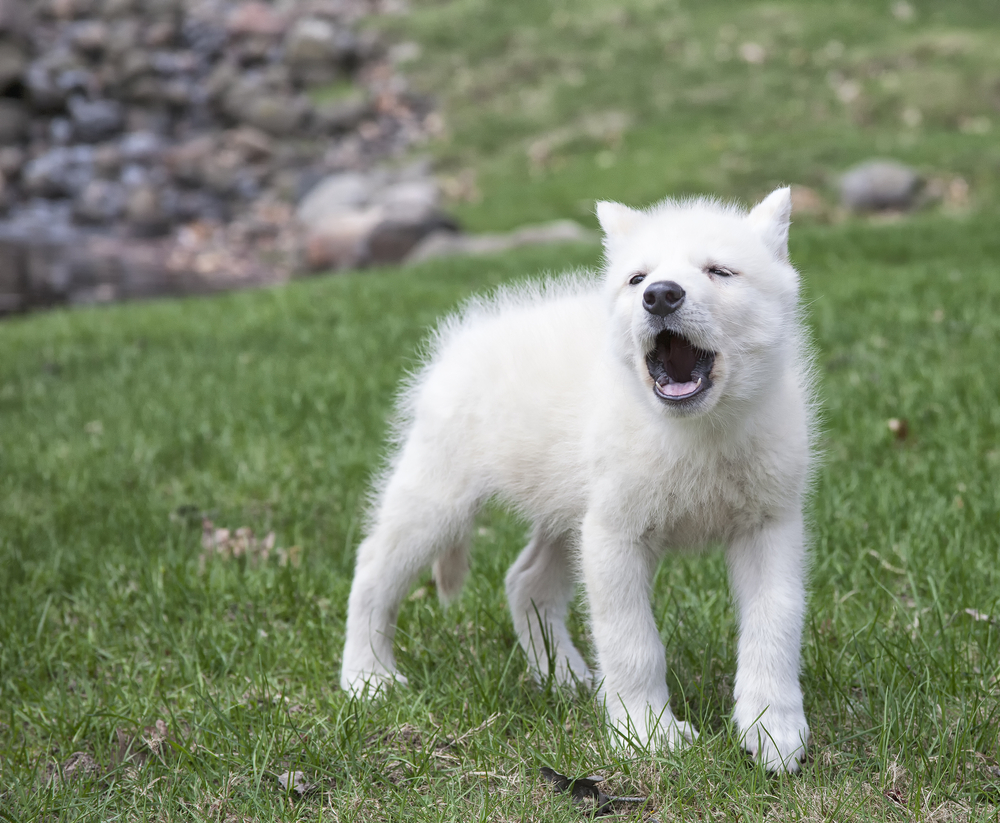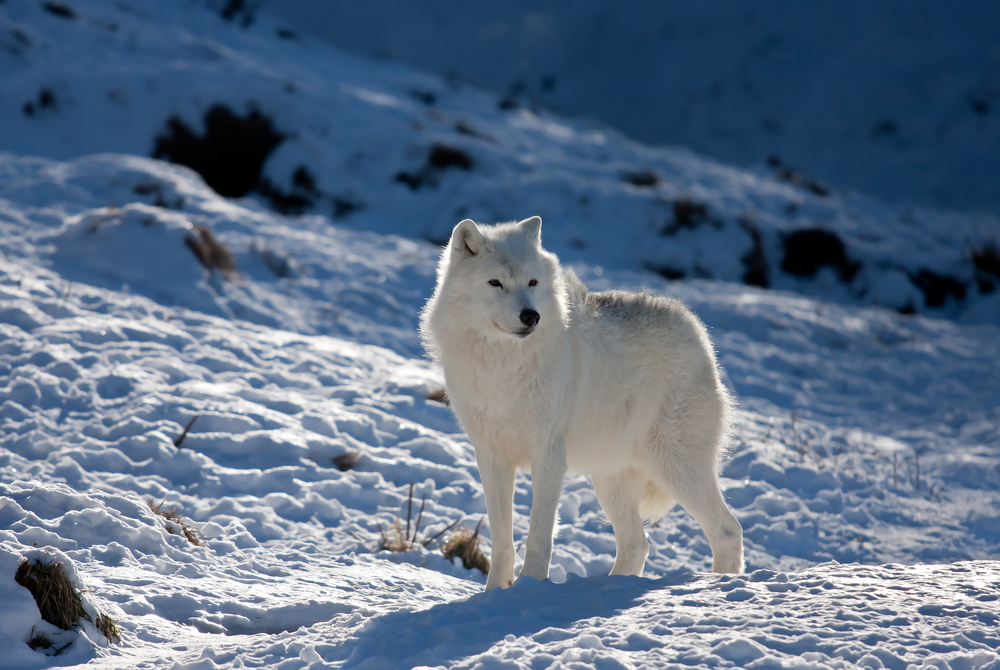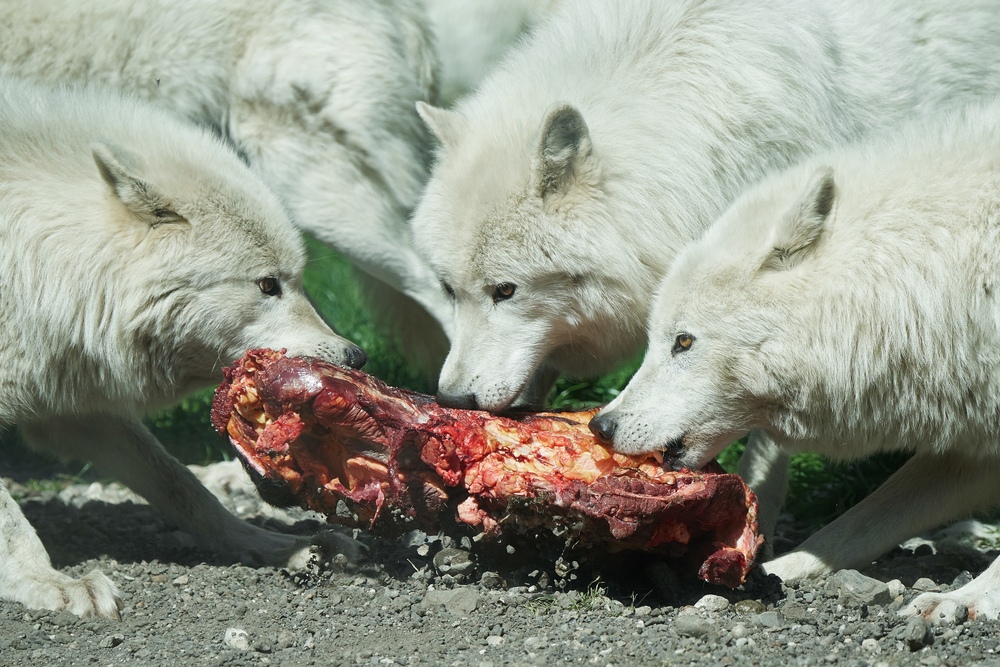The Arctic Wolf and the Arctic Fox are two distinct species adapted to the Arctic environment, but they differ significantly in several aspects:
- Species and Family: The Arctic Wolf (Canis lupus arctos) is a subspecies of the gray wolf and part of the Canidae family. The Arctic Fox (Vulpes lagopus), on the other hand, is a different species within the same family.
- Size and Build: Arctic Wolves are much larger than Arctic Foxes. Wolves are similar in size to large dogs, with robust bodies and long legs, while Arctic Foxes are much smaller and more compact, with shorter limbs.
- Fur Color: Both have fur that changes color with the seasons for camouflage, but Arctic Wolves are generally white or pale gray, while Arctic Foxes shift from white in winter to brown or gray in summer.
- Hunting and Diet: Arctic Wolves are apex predators that primarily hunt large mammals, such as caribou and muskoxen. Arctic Foxes, while also carnivorous, have a more varied diet that includes small mammals, birds, and even carrion.
- Habitat: While both are found in Arctic regions, their specific habitat preferences can vary. Arctic Wolves are more widely distributed across the Arctic, whereas Arctic Foxes are often found in coastal areas and tundra.
- Behavior and Social Structure: Arctic Wolves are known for their pack behavior with complex social structures. Arctic Foxes are more solitary but can form monogamous pairs during the breeding season.
- Adaptations to Environment: Both species have adaptations to cold environments, such as thick fur and fat layers, but they have evolved different strategies to survive and thrive in the harsh Arctic conditions.
Understanding these differences is crucial for recognizing how each species has uniquely adapted to its environment and ecological niche in the Arctic.











































































